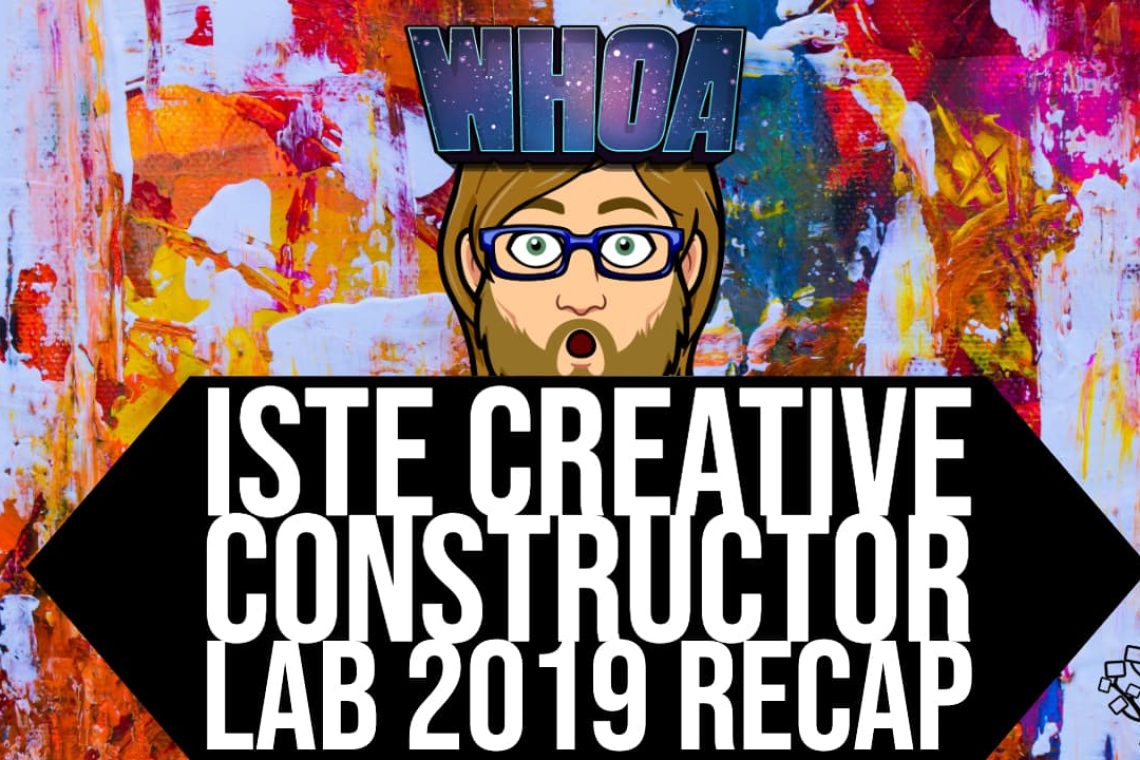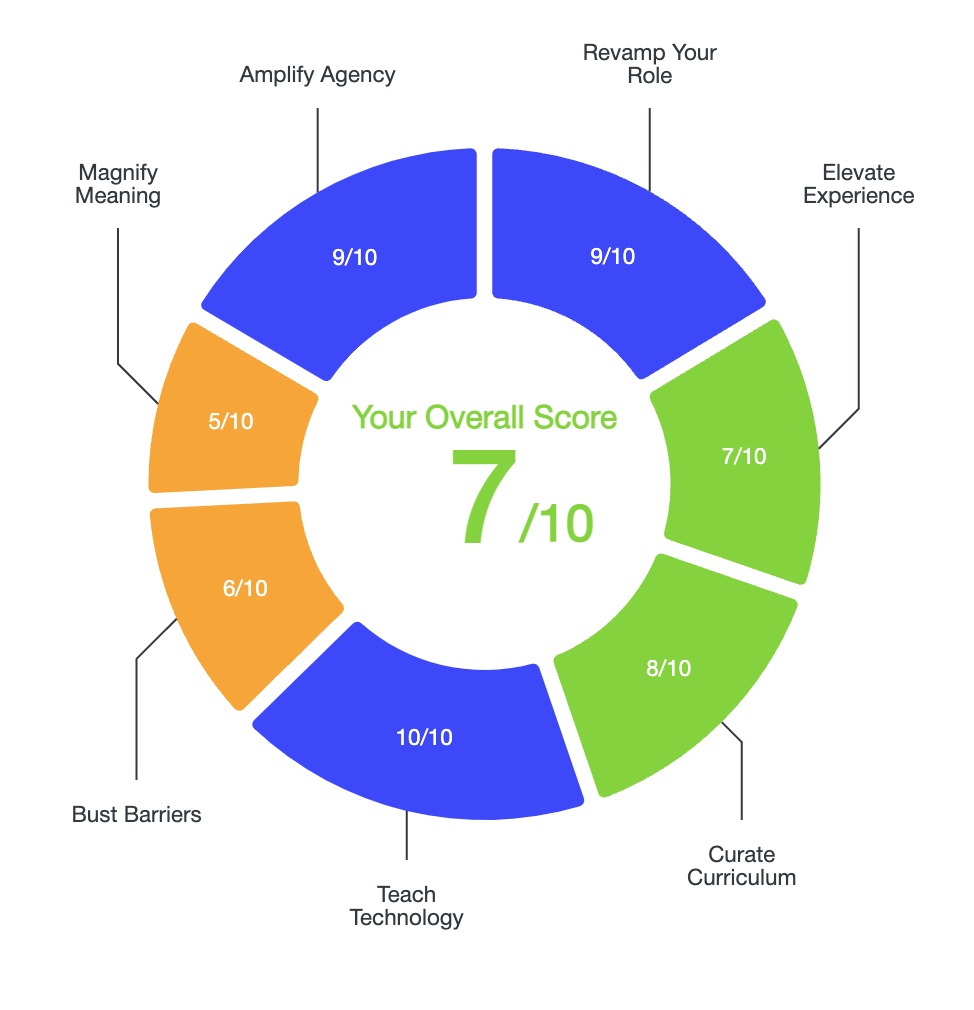In this post, I outline what I perceive to be the major themes and trends in education technology in 2019 based on what I experienced at ISTE’s Creative Constructor Lab conference in New Orleans in October.
Major Themes:
The overarching theme of the conference was, like its name suggests, to promote the use of education technology to foster creativity in students.
The keynote speakers argued for the importance of using technology to promote creativity. Two major points stood out:
1. The Future of Work & Authentic Learning
Here, several of the keynote speakers argued that teaching creativity with technological tools is essential for the future of work. Joseph South, ISTE’s Chief Learning Officer, argued that although we don’t know exactly what work will look like in the future due to automation, hiring managers already report that many potential employees lack essential higher order thinking skills in collaboration, critical thinking, communication, and creativity. Teaching with technology can foster all of those skills.
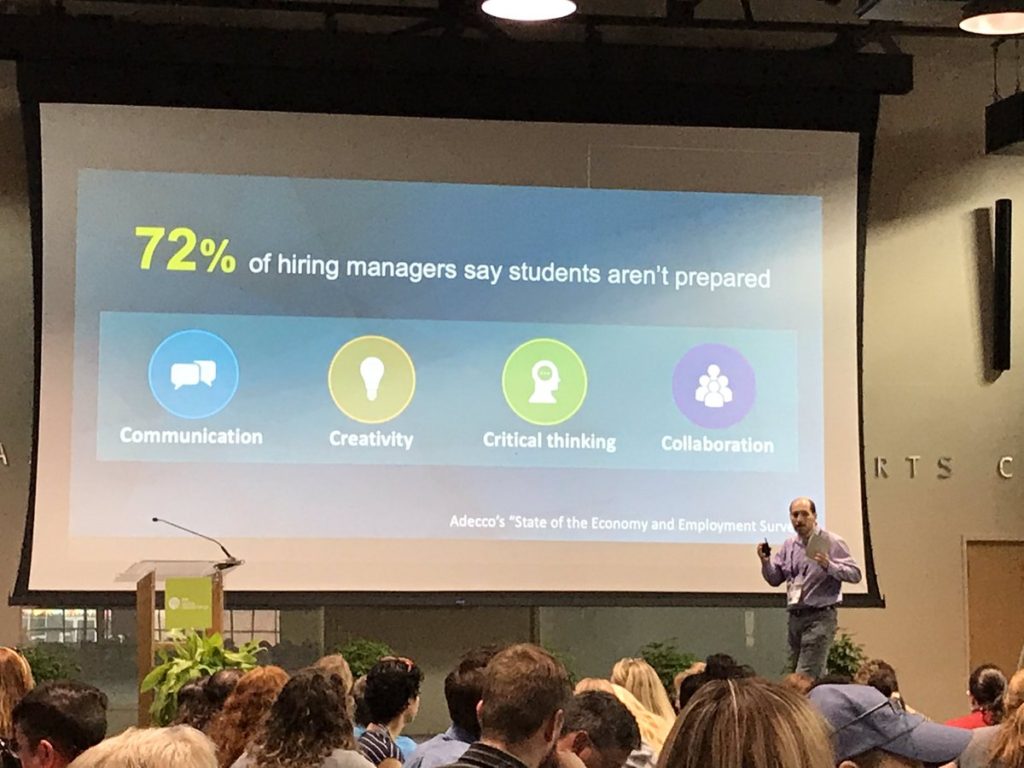
Kimberly Eckert, Louisiana’s 2018 Teacher of the Year, continued this line of thinking in her speech, arguing that teaching with technology makes the classroom a more authentic learning environment.
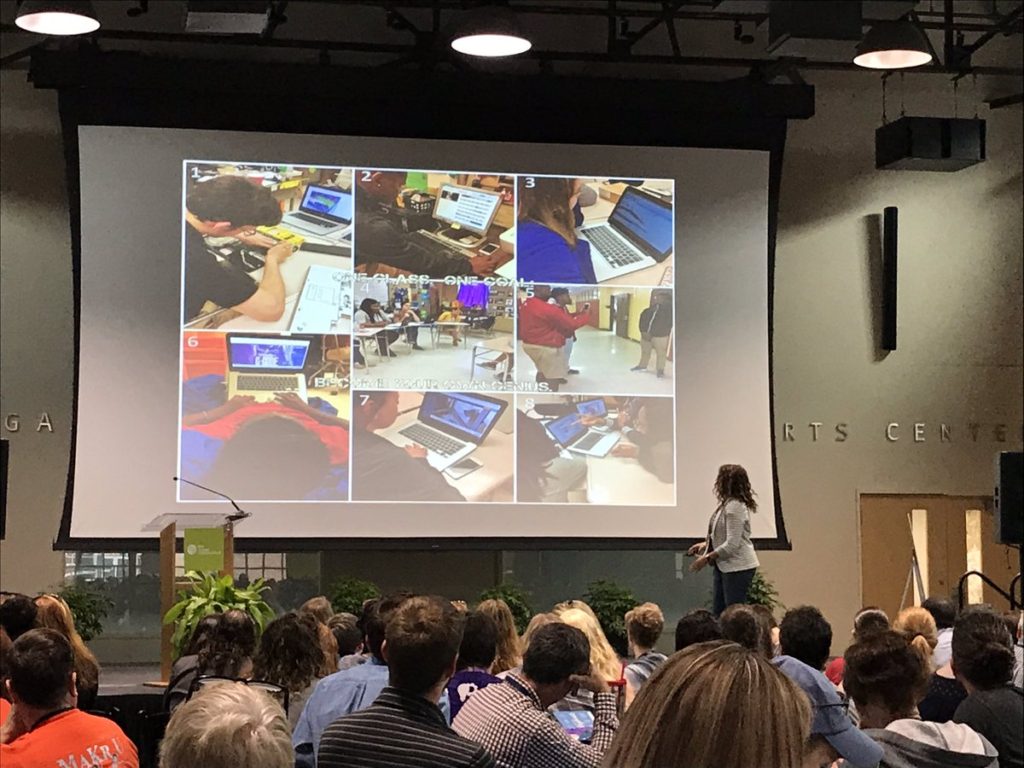
Tacy Trowbridge, head of Adobe’s Education program, also argued that in the future, creativity will be in even higher demand.
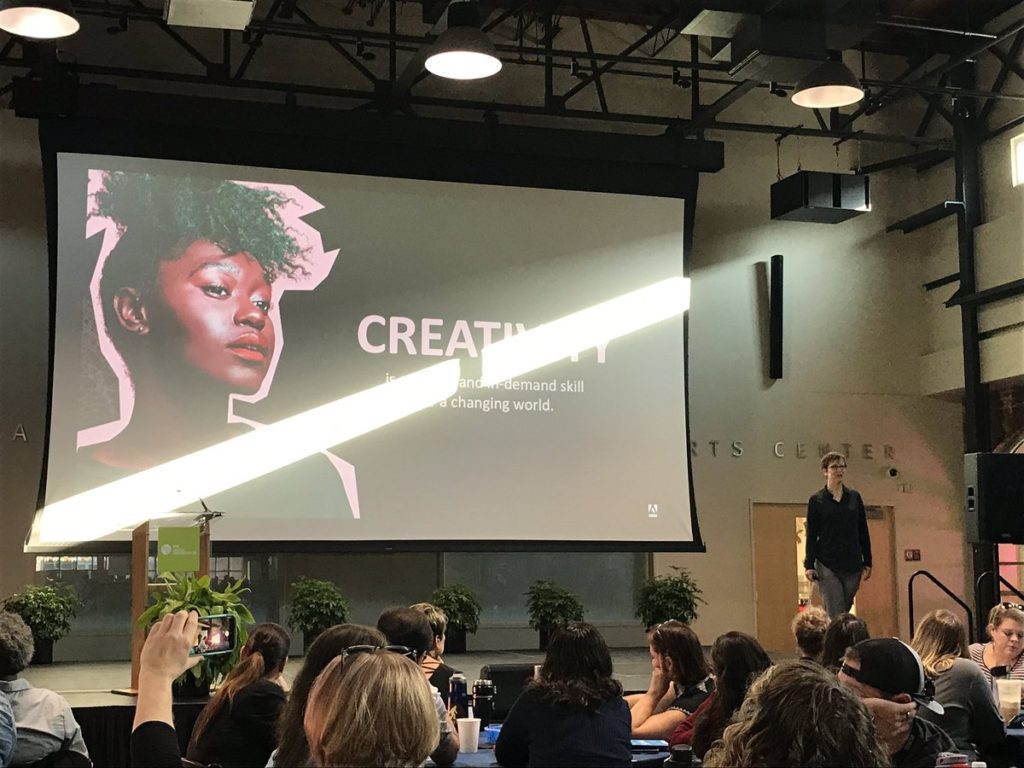
Lastly, Anthony Johnson, Regional and District Teacher of the Year in North Carolina, told his personal story about dropping out of high school and later returning to education with a mission to create an entirely different learning experience than the one he experienced. He argued for the importance of creating authentic, project-based learning environments where students create through purposeful, hands-on activities.
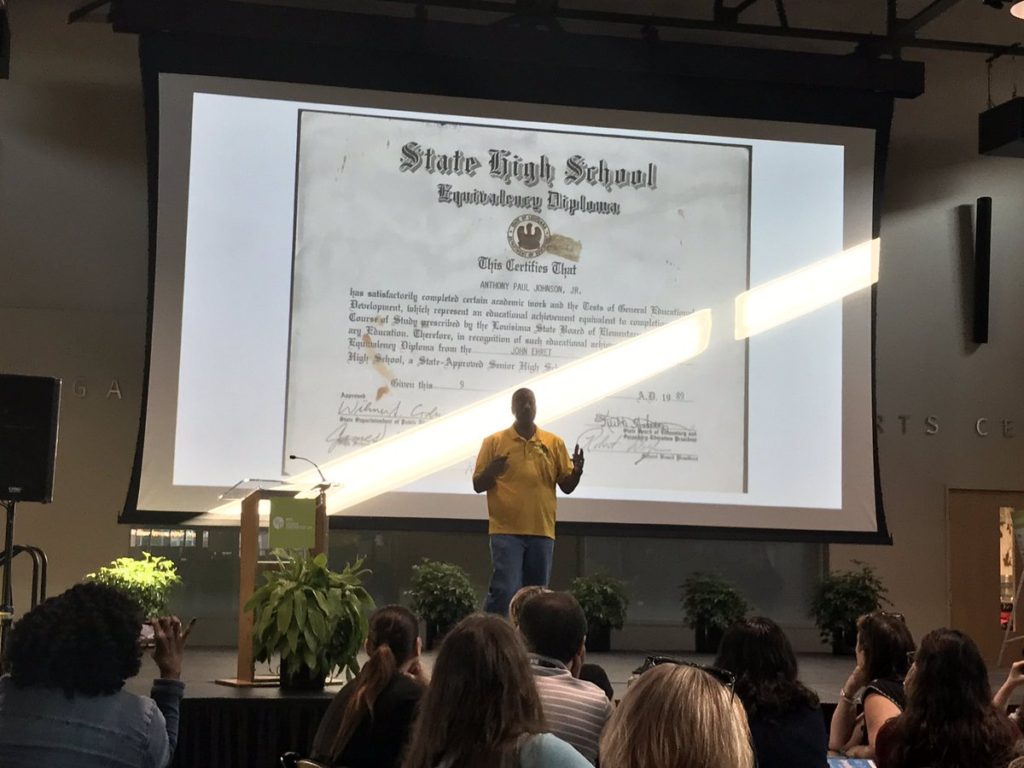
2. Amplify Student Voice to Empower
Ken Shelton, a Tedx speaker and education consultant, established the groundwork for the second major argument for teaching with technology. He argued that the role of the educator should be to create the conditions to amplify all student voices, and made the convincing point that amplifying student voice is vital because it ultimately leads to student empowerment.
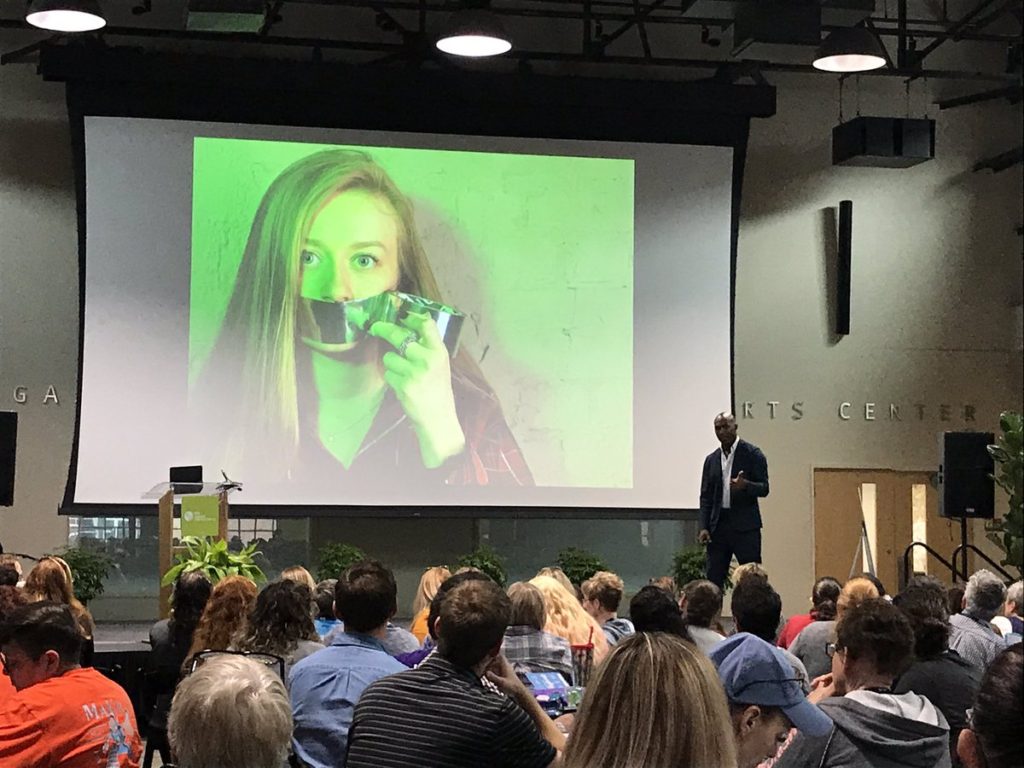
Patricia J. Brown, an award winning educator and technology specialist, argued that all students need to be exposed to STEAM in schools because, “It’s hard to be what you can’t see.” She advocated for ensuring that all students, regardless of their backgrounds or identities, must be given the opportunity to see themselves as computer scientists, coders, and scientists.
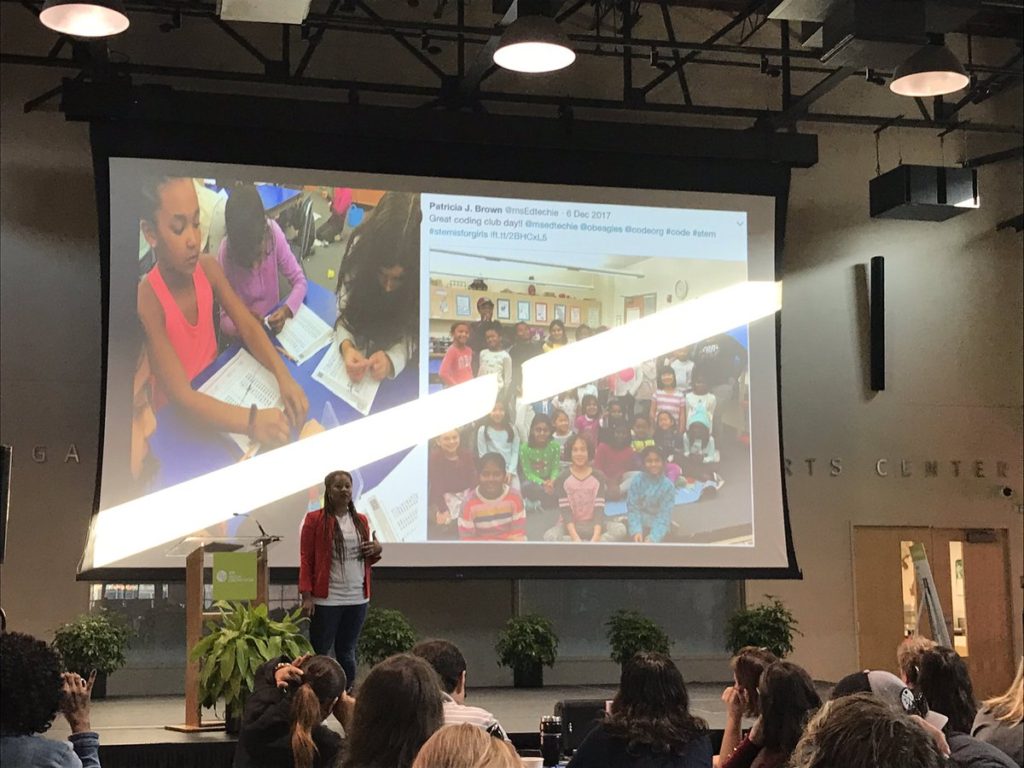
Lastly, Claudio Zavala Jr. Michael Hernandez, and Kurt Klynen all gave talks with specific strategies for using multimedia to create digital stories with video, sound, and photography.
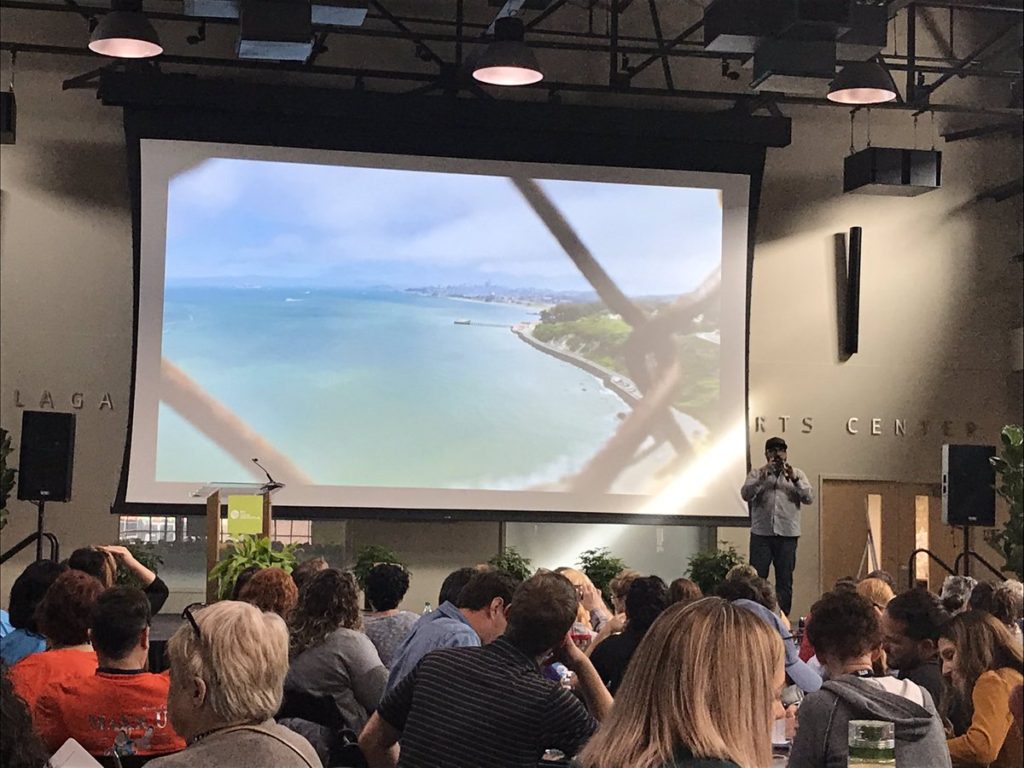
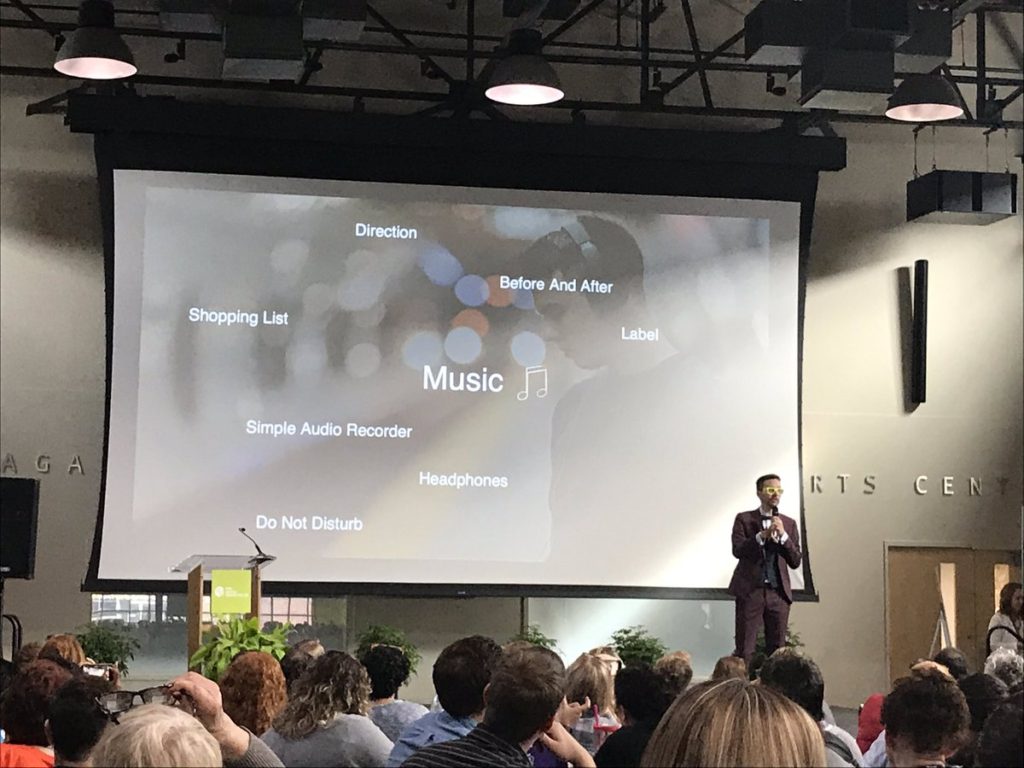
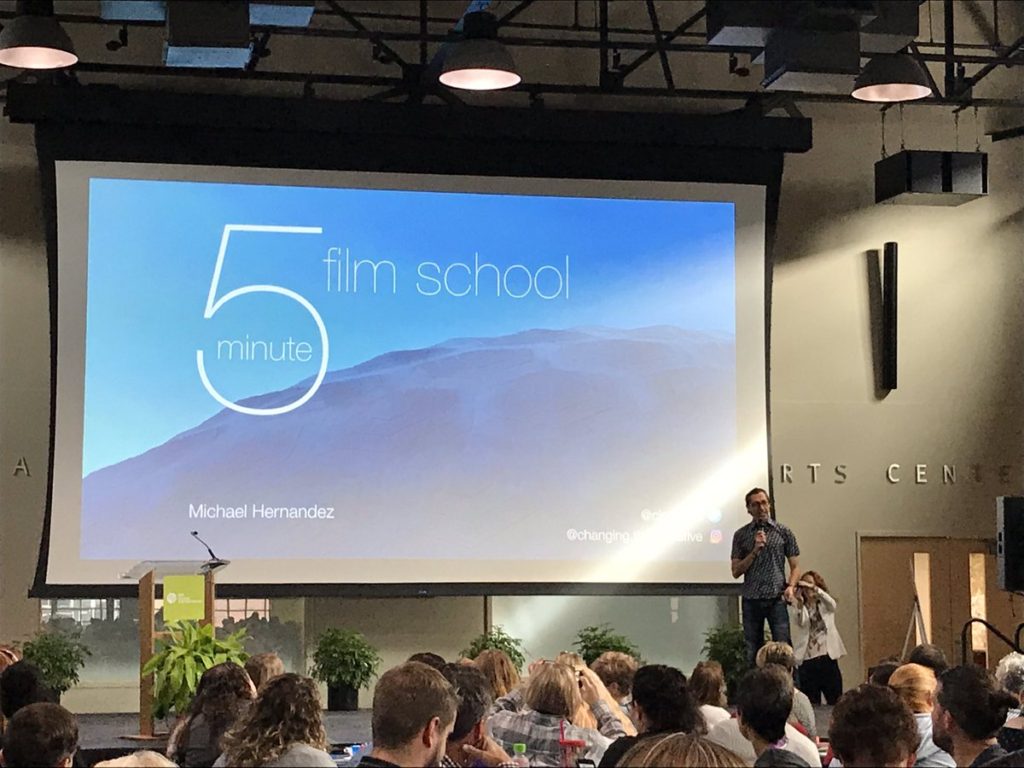
After giving us some tips, the entire group headed out to New Orleans to capture images, video, and sound, and were then encouraged to create something. Here’s the video I put together:
Trends in Education Technology
At ISTE’s 2019 Creative Constructor Lab three clear trends in education technology stood out.
1. Digital Storytelling
The first and most prominent trend at ISTE CCL was using digital storytelling to amplify student voice through a variety of multimedia. There were workshops on empowering students through podcasting, creating digital books, filming and editing videos, and storytelling with photo. The trainers highlighted several media creation tools, such as Garage Band, Apple Pages, Google Sites, and Google Drawings.

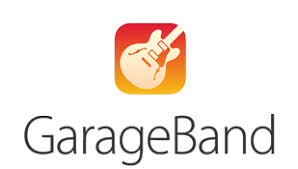
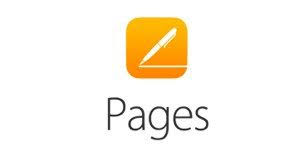
A big stand out, however, were Adobe’s education products, like Adobe Rush, an intuitive video creating and editing app, and Adobe Express for graphics creation. I especially love how easy it is to make beautiful, professional looking graphics with Spark Post. See the video thumbnails I’ve since created with Spark Post here.
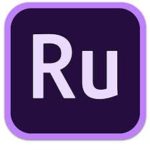

2. Green Screening
The second trend was green screening. Of course green screening could fit into the digital storytelling category as it is essentially just modifying video and photo creation. There were so many green screening workshops, however, and even a green screening digital playground, that I felt as though it deserved its own category.
Some of the major players right now in educational green screening products are Do Ink and WeVideo.
Do Ink is specifically designed for educational green screening, and has lots of different built-in features like Chroma Key, animations, and drawings that facilitate storytelling with students. The only downside of Do Ink is the fact that it’s currently only available on IOS devices, so if you only have Chromebooks like me, you can’t use it.

WeVideo is also another video recording and editing software program with Chroma Key. With WeVideo, students can make sophisticated green screening videos relatively easily. It can also be used on any device.

I use Screenflow to green screen with my tutorial videos, but am planning on giving WeVideo a try to turn an upcoming skit project into a green screen video instead.
Update: I’ve worked with WeVideo: Here’s my post & tutorial for how to use it.
3. Virtual Reality and Augmented Reality
The last significant trend at ISTE Creative Constructor Lab was virtual reality and augmented reality. Though there were were some workshops exploring VR and AR spaces with programs like Google Expeditions, the emphasis was on creating virtual reality and augmented reality using 360 cameras and programs like CoSpaces.
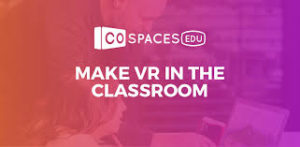
James McCrary ran two informative workshops teaching us how to use CoSpaces to actually build virtual reality spaces and then explore those spaces with affordable Merge VR headsets. Similarly, students code in CoSpaces to create augmented reality and then view it using a Merge Cube.
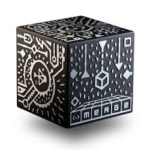
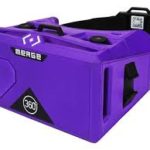
Still, I was most compelled by the quality and interactivity of the Oculus Quest headset I tried during one of the VR playgrounds, and already went out and bought one to try out (more on that to come).
It’s clear there’s an enormously high ceiling on using virtual reality and augmented reality in education, and right now, it’s the EdTech trend I’m most excited about exploring.
Conclusion:
I had an amazing time at the Creative Constructor Lab conference, not to mention hanging out in New Orleans, and definitely plan to go back next year. I left with a renewed excitement to explore new technologies with students and to promote and encourage exploring their creativity, as well as my own.
For additional strategies for increasing autonomy, creativity, engagement, and academic rigor with technology, click here:
How to Use Education Technology: The Ultimate Guide
And to read more about why I believe technology must be a central part of public education today, click here:

